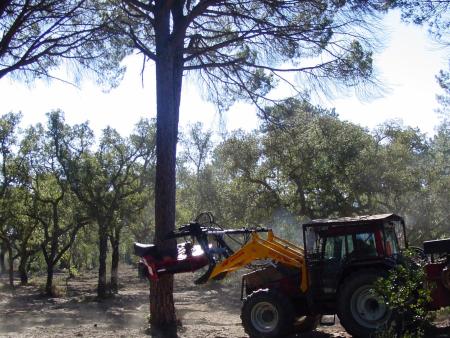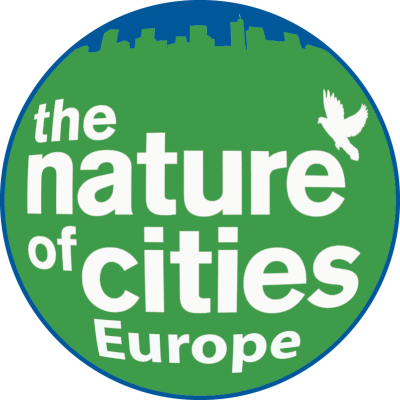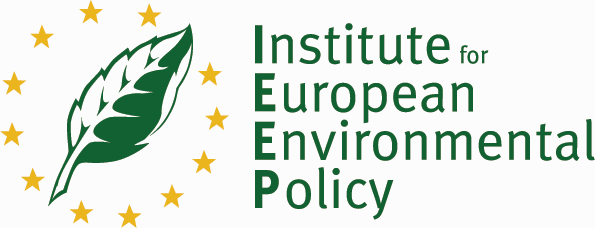
Objective:
This factsheet aims to present the mechanical harvesting option and the productivity monitorization done in umbrella pine stands harvested in both ways (manual and mechanically) in the last 17 years, located in Chamusca, Portugal. 5,000 m2 sample plot were installed in stand planted in the 1960s.
Context:
Pine nuts have been consumed since the Palaeolithic. Manual harvesting techniques have evolved little since, from collecting pine nuts shed from the open cones on the tree to climbing for picking the cones.
In the 1980s, cone harvesting machines vibrating the stem to cause the cones to fall had been developed in Italy and arrived in Portugal in the late 1990s. Yet few pine forests are mechanically harvested in Portugal, due to:
• Available labor for manual harvest, in spite of the high risk;
• Reduced number of service providers with harvesting machines;
• Conformation of stone pines poorly suited for mechanized harvesting;
• Fear of potential damage to the tree and the cone production in the following years.
Contacts:
Conceição Santos Silva, mcsilva@unac.pt , http://www.unac.pt/
Further information:
UNAC, 2014 - Guia de colheita e comercialização da pinha. Lisboa http://www.unac.pt/index.php/documentos/publicacoes/46-guia-de-colheita-e-comercializacao-de-pinha/file











